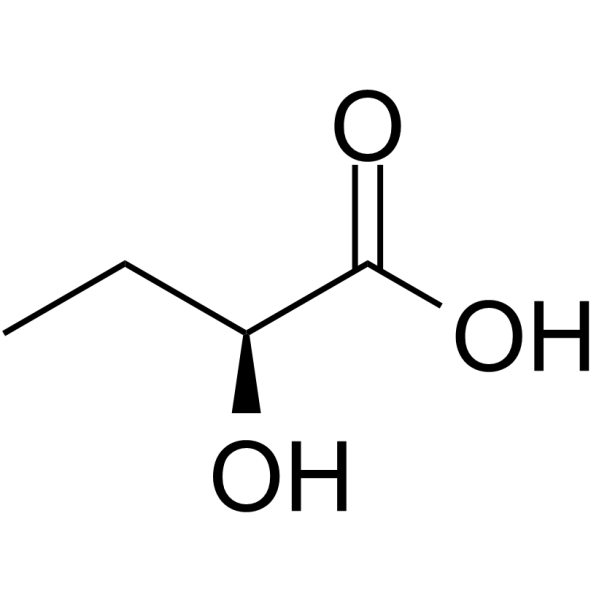Proteases
Proteases is a general term for a class of enzymes that hydrolyze protein peptide chains. According to the way they degrade polypeptides, they are divided into two categories: endopeptidases and telopeptidases. The former can cut the large molecular weight polypeptide chain from the middle to form prions and peptones with smaller molecular weights; the latter can be divided into carboxypeptidase and aminopeptidase, which respectively remove the peptide from the free carboxyl terminus or free amino terminus of the polypeptide one by one. Chain hydrolysis produces amino acids.
A general term for a class of enzymes that hydrolyze peptide bonds in proteins. According to the way they hydrolyze polypeptides, they can be divided into endopeptidases and exopeptidases. Endopeptidase cleaves the interior of the protein molecule to form smaller molecular weight peptones and peptones. Exopeptidase hydrolyzes peptide bonds one by one from the end of the free amino group or carboxyl group of protein molecules, and frees amino acids, the former is aminopeptidase and the latter is carboxypeptidase. Proteases can be classified into serine proteases, sulfhydryl proteases, metalloproteases and aspartic proteases according to their active centers and optimum pH. According to the optimum pH value of its reaction, it is divided into acidic protease, neutral protease and alkaline protease. The proteases used in industrial production are mainly endopeptidases.
Proteases are widely found in animal offal, plant stems and leaves, fruits and microorganisms. Microbial proteases are mainly produced by molds and bacteria, followed by yeast and actinomycetes.
Enzymes that catalyze the hydrolysis of proteins. There are many kinds, the important ones are pepsin, trypsin, cathepsin, papain and subtilisin. Proteases have strict selectivity for the reaction substrates they act on. A protease can only act on certain peptide bonds in protein molecules, such as the peptide bonds formed by the hydrolysis of basic amino acids catalyzed by trypsin. Proteases are widely distributed, mainly in the digestive tract of humans and animals, and are abundant in plants and microorganisms. Due to limited animal and plant resources, the industrial production of protease preparations is mainly prepared by fermentation of microorganisms such as Bacillus subtilis and Aspergillus terrestris.
Targets for Proteases
- Caspase(91)
- Aminopeptidase(20)
- ACE(74)
- Calpains(11)
- Carboxypeptidase(9)
- Cathepsin(75)
- DPP-4(18)
- Elastase(24)
- Gamma Secretase(46)
- HCV Protease(37)
- HSP(100)
- HIV Integrase(29)
- HIV Protease(34)
- MMP(207)
- NS3/4a protease(4)
- Serine Protease(11)
- Thrombin(48)
- Urokinase(2)
- Cysteine Protease(0)
- Other Proteases(15)
- Tyrosinases(46)
- 15-PGDH(1)
- Acetyl-CoA Carboxylase(14)
- Acyltransferase(56)
- Aldehyde Dehydrogenase (ALDH)(28)
- Aminoacyl-tRNA Synthetase(9)
- ATGL(1)
- Dipeptidyl Peptidase(48)
- Drug Metabolite(466)
- E1/E2/E3 Enzyme(83)
- Endogenous Metabolite(1709)
- FABP(30)
- Farnesyl Transferase(21)
- Glutaminase(16)
- Glutathione Peroxidase(15)
- Isocitrate Dehydrogenase (IDH)(26)
- Lactate Dehydrogenase(18)
- Lipoxygenase(233)
- Mitochondrial Metabolism(209)
- NEDD8-activating Enzyme(6)
- Neprilysin(12)
- PAI-1(13)
- Ser/Thr Protease(46)
- Tryptophan Hydroxylase(11)
- Xanthine Oxidase(18)
- MALT1(10)
- PCSK9(9)
Products for Proteases
- Cat.No. 상품명 정보
-
GC11282
β-Estradiol
β-Estradiol, Estradiol, 17β-Oestradiol, E2
성호르몬
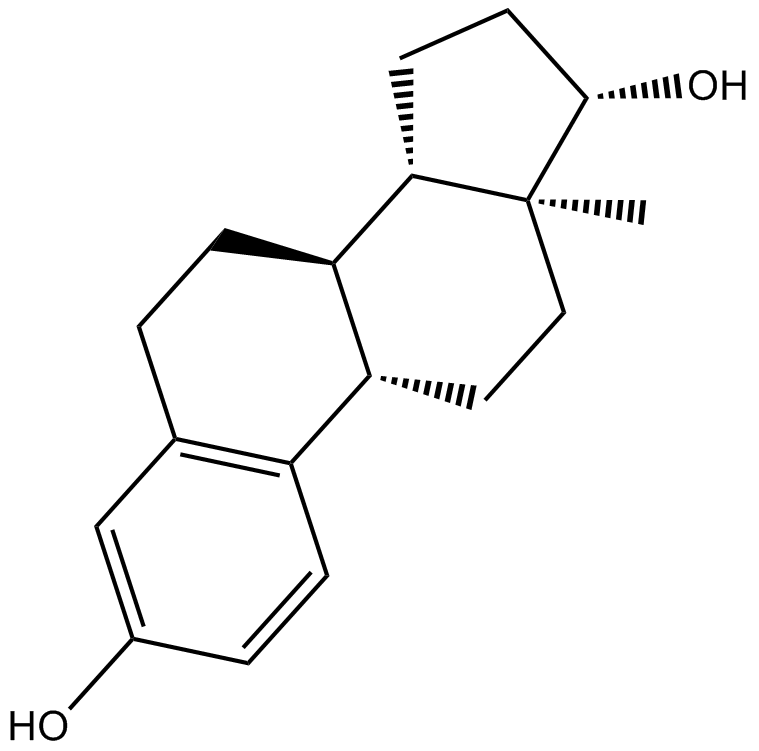
-
GC41183
α-Carotene
all-trans-α-Carotene
α - 비타민 A의 전구체인 카로틴은 항전이제 또는 항암제의 보조제로 사용됩니다. α-카로틴은 노란색-주황색 및 짙은 녹색 채소에서 분리됩니다.
-
GC45208
α-hydroxy Metoprolol
α-hydroxy Metoprolol is an active metabolite of the β1-adrenergic receptor blocker metoprolol.

-
GC48948
α-Ketoglutaric Acid (sodium salt)
α-KGA, 2-Oxoglutaric Acid
α-Ketoglutaric Acid (나트륨 염) (Alpha-Ketoglutaric acid Sodium)는 Krebs주기에서 ATP 또는 GTP 생산의 중간체입니다.
-
GC40718
α-Muricholic Acid
5β-Cholanic Acid-3α,6β,7α-triol
α-Muricholic Acid는 설치류에서 가장 풍부한 1차 담즙산입니다.
-
GC40480
α-Phenyl-α-(2-pyridyl)acetonitrile
NSC 16276, 2-Pyridylphenylacetonitrile
α-Phenyl-α-(2-pyridyl)thioacetamide, also known as antigastrin and SC-15396, is an inhibitor of gastric acid secretion.
-
GC38287
α-Pyridone
α-피리돈은 내인성 대사 산물입니다.
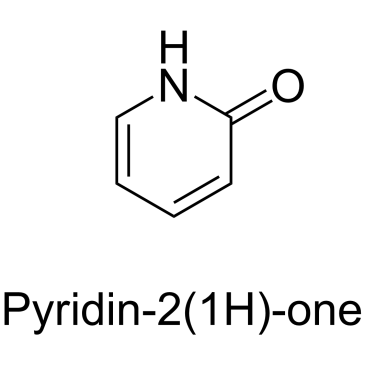
-
GC38000
β-Boswellic acid
β-Boswellic acid는 Boswellia serrate의 고무 수지에서 분리됩니다.ޚ-Boswellic acid는 5-lipoxygenase(5-LO) 생성물 형성을 직접 차단하거나 상호작용하는 전위를 차단하는 비환원형 억제제입니다. . β - 보스웰산은 인간 백혈병 HL-60 세포에서 DNA, RNA 및 단백질 합성을 억제합니다.
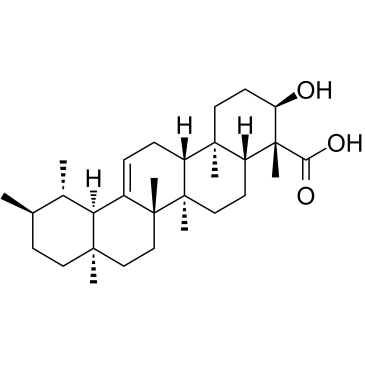
-
GC71980
β-Caryophyllene-d2
β-Caryopllene-d2 is deuterium labeled β-Caryopllene.

-
GC63275
β-Cryptoxanthin
β-Cryptoxanthin((3R)-&2#946;-Cryptoxanthin)은 Satsuma 만다린 오렌지에서 분리되며, 산화 카로티노이드 및 강력한 항산화제입니다.
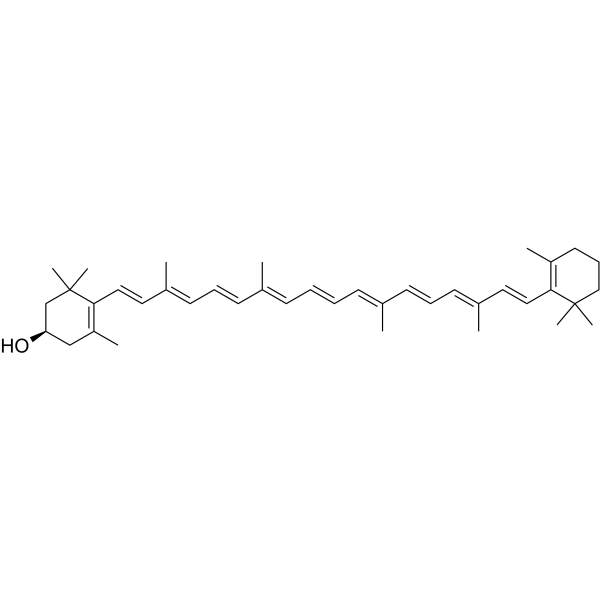
-
GC40777
β-D-Glucose
NSC 287045
D-Glucose, a naturally occurring monosaccharide found in plants, is the primary energy source for living organisms.

-
GC66842
β-Methylcrotonyl coenzyme A lithium
β-메틸크로토닐 코엔자임 A 리튬은 류신 대사의 중간체이며 &7#946;-메틸크로토닐 코엔자임 A 카르복실라제(MCCase)의 특이성 및 동역학을 연구하기 위한 기질로 사용할 수 있습니다.821d96072c2d58d8970e76f526b0f6b8
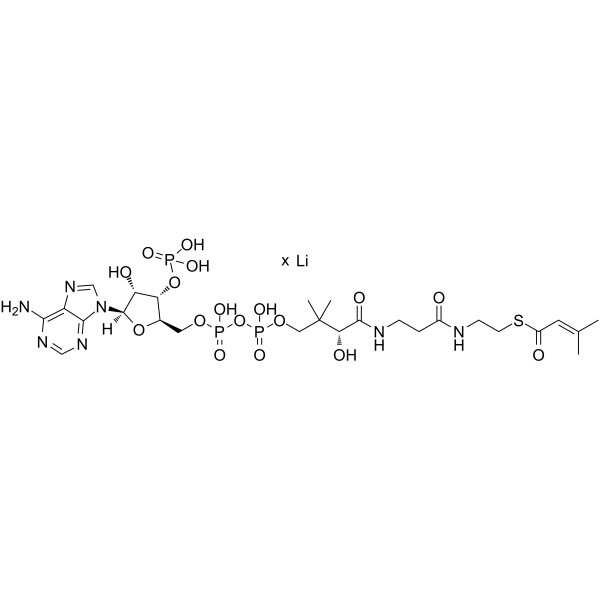
-
GC40719
β-Muricholic Acid
5β-Cholanic Acid-3α,6β,7β-triol, β-MCA
β-Muricholic Acid은 자연적으로 발생하는 삼홍산수성 담즙산으로, 담즙 내 콜레스테롤의 산화를 억제하는 작용을 하며 콜레스테롤 담석의 용해를 촉진한다.
-
GC67484
β-Nicotinamide adenine dinucleotide reduced dipotassium
β-니코틴아미드 아데닌 디뉴클레오티드 환원 디칼륨은 경구 활성 환원 조효소입니다. 821d96072c2d58d8970e76f526b0f6b8β-니코틴아미드 아데닌 디뉴클레오티드 환원된 이칼륨은 ADP-리보실라톤 반응에서 ADP-리보스 단위의 기증자이며 사이클릭 ADP-리보스의 전구체입니다. 821d96072c2d58d8970e76f526b0f6b8β-니코틴아미드 아데닌 디뉴클레오티드 환원된 이칼륨은 해당작용, β-산화 및 트리카르복실산(TCA) 주기를 포함하는 세포 에너지 대사에서 재생 전자 공여체 역할을 합니다.821d96072c2d58d8970e76f526b0f6b8
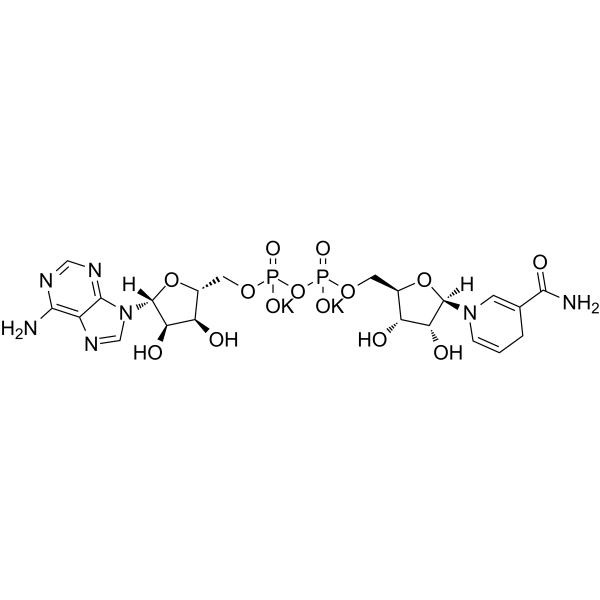
-
GC70185
β-Sitostenone
δ4-Sitosterol-3-one; β-Rosasterol oxide
β-Sitostenone은 Cochlospermum vitifolium에서 분리된 스테롤입니다. 이것은 티로신아제 활성을 억제하며, 멜라닌 생성 및 항암 활성을 가지고 있습니다.

-
GC38010
γ-Aminobutyric acid
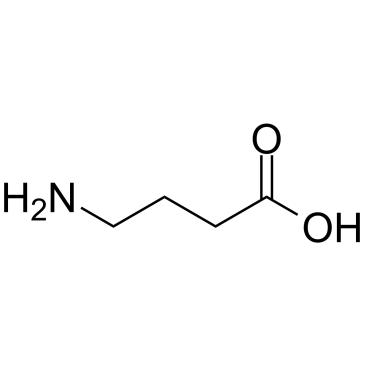
-
GC63279
γ-Glu-Gly TFA
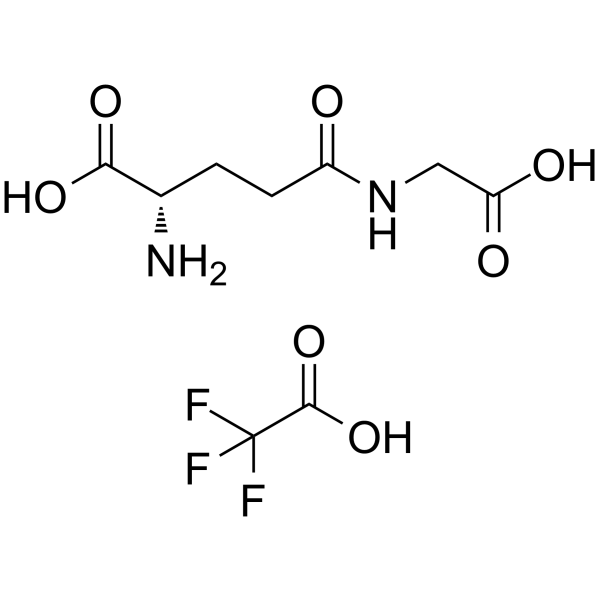
-
GC38011
γ-Secretase modulator 4
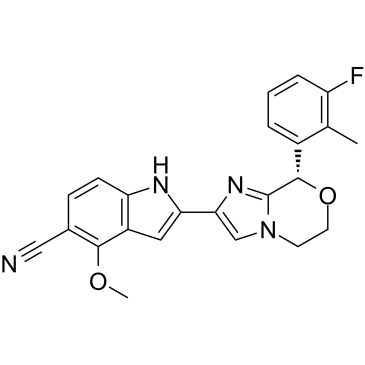
-
GC66048
δ-Secretase inhibitor 11
δ-세크레타제 억제제 11(화합물 11)은 경구 활성, 강력, BBB 침투성, 무독성, 선택적 및 특이성 δ-세크레타제 억제제, IC50 0.7 μM. 821d96072c2d58d8970e76f526b0f6b8δ-세크레타제 억제제 11은 δ-세크레타제의 활성 부위 및 알로스테릭 부위 모두와 상호작용한다. 821d96072c2d58d8970e76f526b0f6b8δ-세크레타제 억제제 11은 타우 및 APP(아밀로이드 전구체 단백질) 절단을 약화시킵니다. 821d96072c2d58d8970e76f526b0f6b8δ- 세크레타제 억제제 11은 tau P301S 및 5XFAD 트랜스제닉 마우스 모델에서 시냅스 기능 장애 및 인지 장애를 개선합니다. 821d96072c2d58d8970e76f526b0f6b8δ-Secretase 억제제 11은 알츠하이머병 연구에 사용할 수 있습니다.821d96072c2d58d8970e76f526b0f6b8
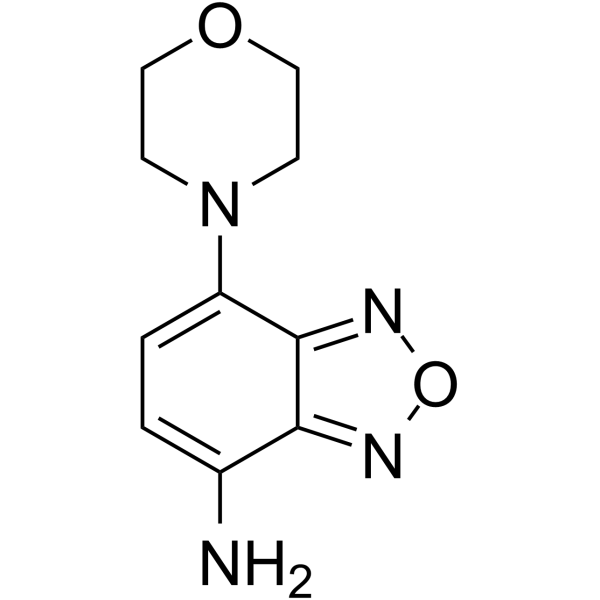
-
GC15975
α-Estradiol
Alfatradiol, α-Estradiol, 17-epi Estradiol, NSC 20293, 17α-Oestradiol
&알파-에스트라디올은 약한 에스트로겐이며 안드로겐 탈모증 치료에서 국소 약물로 사용되는 환원효소 억제제입니다.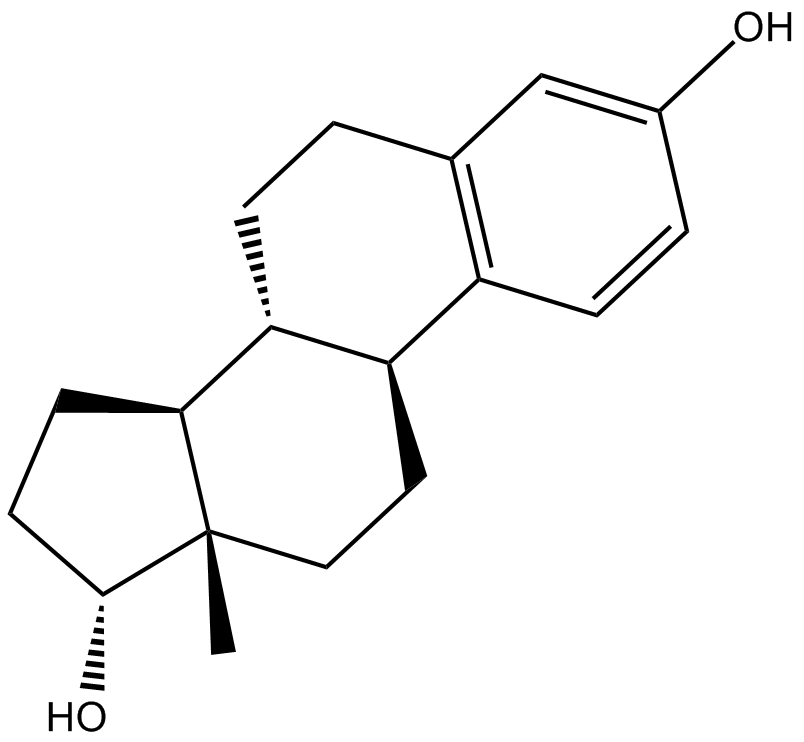
-
GC30187
γ-Glu-Phe (γ-Glutamylphenylalanine)
γ-Glutamylphenylalanine
γ-Glu-Phe(γ-Glutamylphenylalanine)(γ-Glutamylphenylalanine)는 Bacillus amyloliquefaciens(GBA) 및 Aspergillus oryzae(GAO)에 의해 합성됩니다.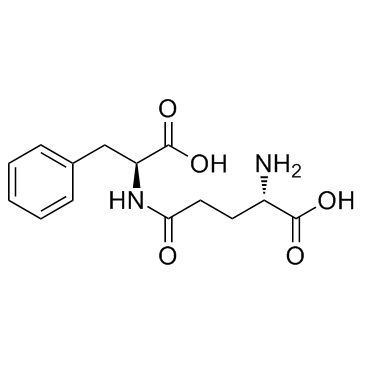
-
GC41552
ω-3 Arachidonic Acid
ω3 AA
ω-3 Arachidonic acid is a rare PUFA found in trace amounts in dietary sources.
-
GC40259
(±)-β-Tocopherol
DL-β-Tocopherol, rac-β-Tocopherol
(±)-β-Tocopherol is a lipid-soluble form of vitamin E with antioxidant activity.
-
GC40260
(±)-γ-Tocopherol
7,8-Dimethyltocol, all-rac-γ-Tocopherol, DL-γ-Tocopherol
(±)-γ-Tocopherol is a form of vitamin E with antioxidant and anti-inflammatory properties.
-
GC41661
(±)-4-hydroxy Propranolol β-D-Glucuronide
(±)-4-hydroxy Propranolol β-D-glucuronide is a metabolite of (±)-4-hydroxy propranolol, which is a metabolite of propranolol.

-
GC34961
(±)-BI-D
(±)-BI-D는 LEDGF/p75 결합 부위에서 인테그라제에 결합하는 강력한 ALLINI(알로스테릭 IN 억제제)입니다.
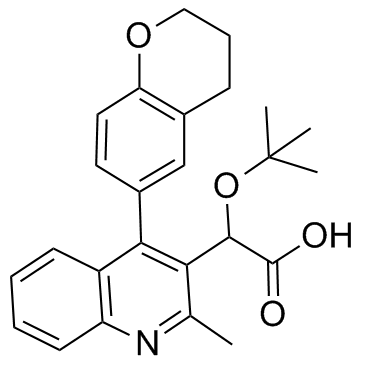
-
GC46284
(±)-Cotinine-d3
An internal standard for the quantification of cotinine

-
GC41670
(±)-Epinephrine (hydrochloride)
(±)-Adrenaline, DL-Adrenaline, DL-Epinephrine
(±)-Epinephrine is a natural neurotransmitter that is released from the adrenal medulla and activates adrenoceptors (Kis = 15, 735, and 3,970 nM for α1A-, β2-, and β1-adrenergic receptors, respectively).
-
GC41671
(±)-Equol 4'-sulfate (sodium salt)
R,S-Equol 4'-Sulfate
(±)-Equol 4'-sulfate is a gut-mediated phase II metabolite of the isoflavonoid phytoestrogen (±)-equol.

-
GC41315
(±)-Ketoprofen Glucuronide
rac-Ketoprofen Acyl-β-D-glucuronide, (R,S)-Ketoprofen Glucuronide
(±)-Ketoprofen glucuronide is a phase II metabolite of the non-steroidal anti-inflammatory drug (NSAID) ketoprofen.

-
GC38369
(±)-Leucine

-
GC65599
(±)-Leucine-d10
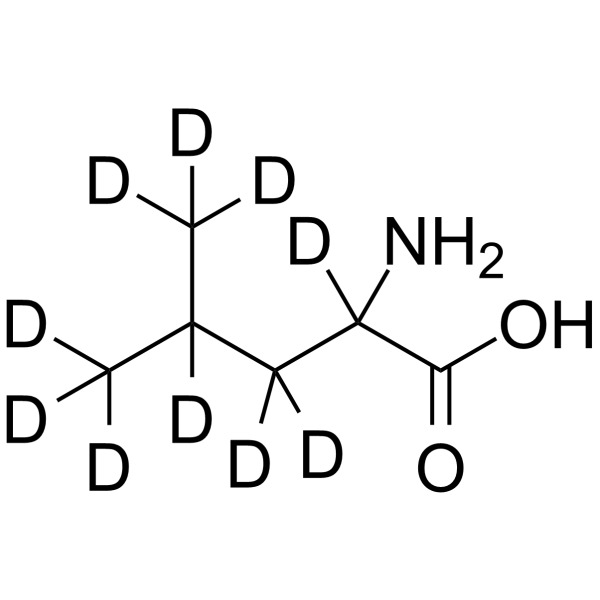
-
GC49875
(±)-N-desmethyl Venlafaxine (hydrochloride)
Wy 45494
A minor active metabolite of venlafaxine
-
GC39271
(±)-Naringenin
SDihydrogenistein, NSC 11855, NSC 34875, Salipurol
(±)-나린제닌은 자연적으로 발생하는 플라보노이드입니다.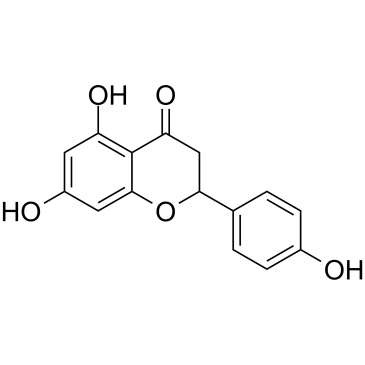
-
GC13890
(±)-Palmitoylcarnitine chloride
C16:0 Carnitine, CAR 16:0, DL-Carnitine hexadecanoyl ester, DL-Carnitine palmitoyl ester, Hexadecanoyl-DL-carnitine, DL-Hexadecanoylcarnitine, NSC 628323, DL-Palmitoylcarnitine
(±)-팔미토일카르니틴 클로라이드는 지방산 유래 미토콘드리아 기질이며 전염증 경로, Ca2+ 유입 및 DHT 유사 효과에 영향을 주어 결장직장암 및 전립선암 세포에서 세포 생존을 선택적으로 감소시킵니다.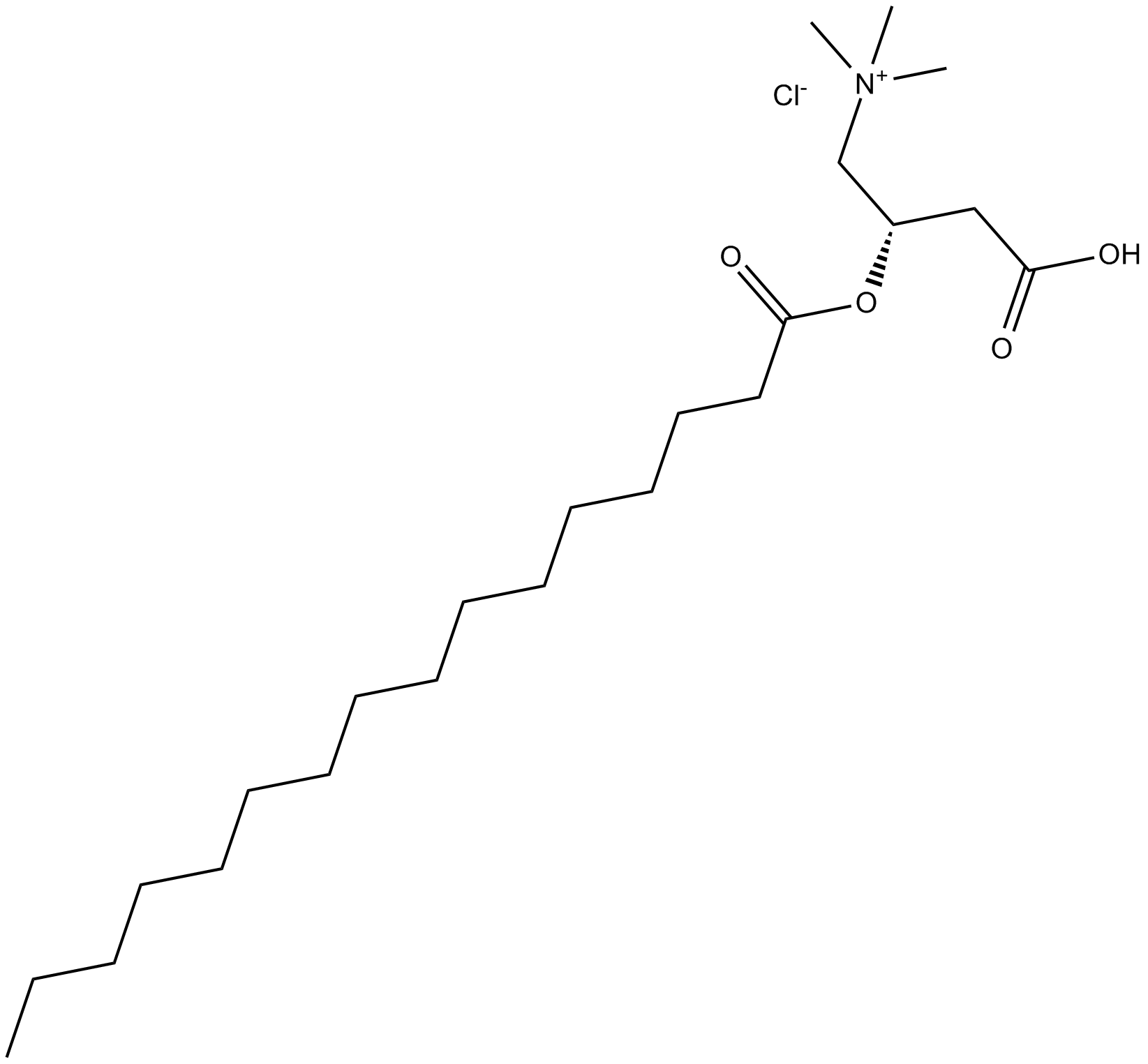
-
GC40229
(±)-Warfarin-d5
(±)-Warfarin-d5 is intended for use as an internal standard for the quantification of warfarin by GC- or LC-MS.

-
GC41649
(±)13-HODE cholesteryl ester
(±)13-HODE cholesteryl ester was originally extracted from atherosclerotic lesions and shown to be produced by Cu2+-catalyzed oxidation of LDL.
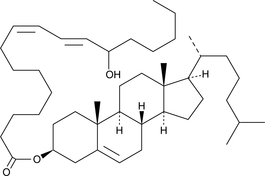
-
GC19444
(±)20-HDHA
20hydroxy Docosahexaenoic Acid, (±)20HDoHE
(±)20-HDHA((±)20-HDoHE)는 라세미 혼합물이며 도코사헥사엔산(DHA)의 자동산화 생성물입니다.
-
GC40828
(±)5-HETE lactone
(±)5-Hydroxyeicosatetraenoic Acid lactone
(±)5-HETE lactone is a cyclic ester formed by acid-catalyzed nucleophilic addition of the C-5 hydroxyl to the C-1 carboxyl of (±)5-HETE.
-
GC40442
(±)8-HETE
(±)8-Hydroxyeicosatetraenoic Acid
(±)8-HETE는 아라키돈산의 비효소적 산화에 의해 생성되는 6가지 모노하이드록시 지방산 중 하나입니다.
-
GC40801
(±)9(10)-DiHOME
Leukotoxin diol
(±)9(10)-DiHOME은 9,10-DiHOME의 라세미체입니다.
-
GC41666
(±)9-HODE cholesteryl ester
(±)9-HODE cholesteryl ester was originally extracted from atherosclerotic lesions and shown to be produced by Cu2+-catalyzed oxidation of LDL.
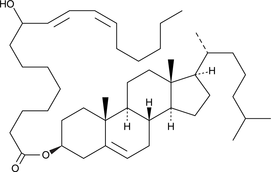
-
GC30586
(±) Anabasine
(±) 아나바신은 이상성 근육 이완제입니다.
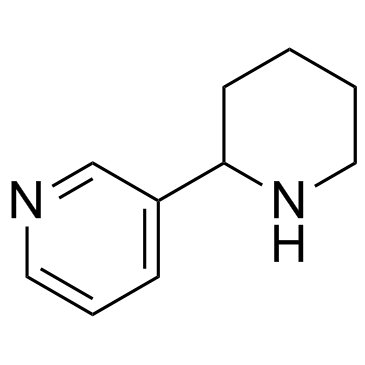
-
GC61647
(+)-Longifolene
(+)-Longipolene은 sesquiterpenoid 및 토끼의 대사 산물입니다.
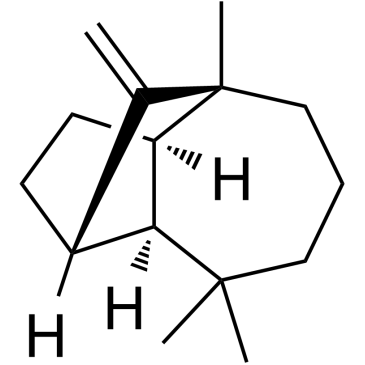
-
GC10675
(+,-)-Octopamine HCl
β,4-Dihydroxyphenethylamine, Epirenor, Norfen, NSC 108685, (±)-4-Octopamine, (±)-p-Octopamine
노르아드레날린과 구조적으로 관련된 생체 모노아민인 옥토파민((±)-p-옥토파민) 염산염은 무척추 동물에서 신경 호르몬, 신경 조절제 및 신경 전달 물질로 작용합니다.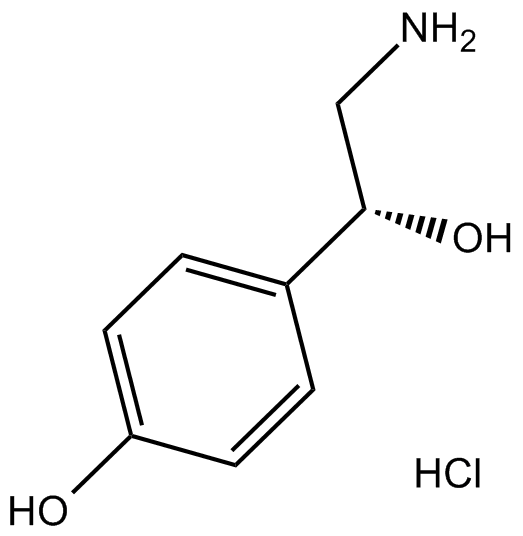
-
GC45245
(-)-Caryophyllene oxide
BCP oxide, β-Caryophyllene epoxide, β-Caryophyllene oxide
(-)-Caryophyllene oxide, Annona squamosa L.
-
GC17470
(-)-Cotinine
NIH 10498
(-)-코티닌((-)-(-)-코티닌)은 담배의 알칼로이드이며 니코틴의 주요 대사산물로 담배 연기의 조성을 측정하는 생물학적 지표로 사용됩니다.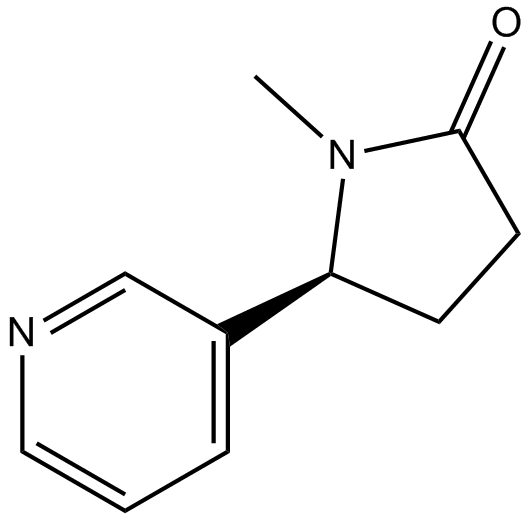
-
GC17242
(-)-epigallocatechin
(-)EGC, epi-Gallocatechin, NSC 674039
(-)-Epigallocatechin(Epigallocatechin)은 녹차에 가장 풍부한 플라보노이드로 펼쳐진 천연 폴리펩타이드에 결합하여 아밀로이드 원섬유로의 전환을 방지할 수 있습니다.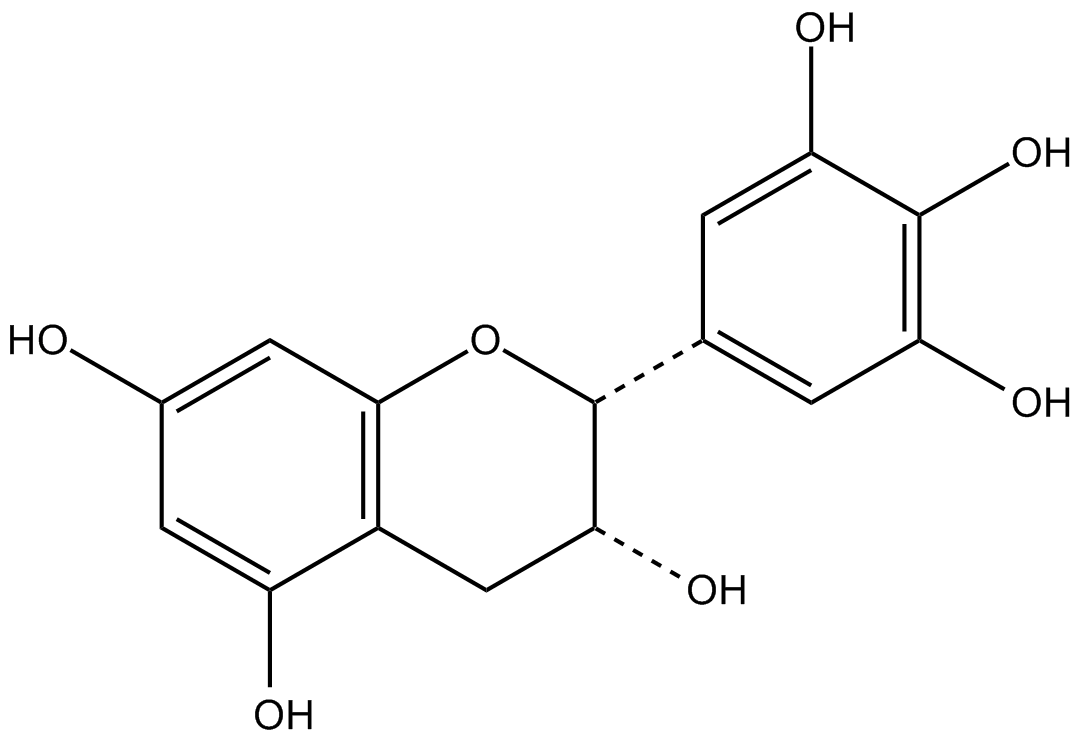
-
GC14049
(-)-Epigallocatechin gallate (EGCG)
EGCG
다양한 생물학적 활동을 가진 페놀
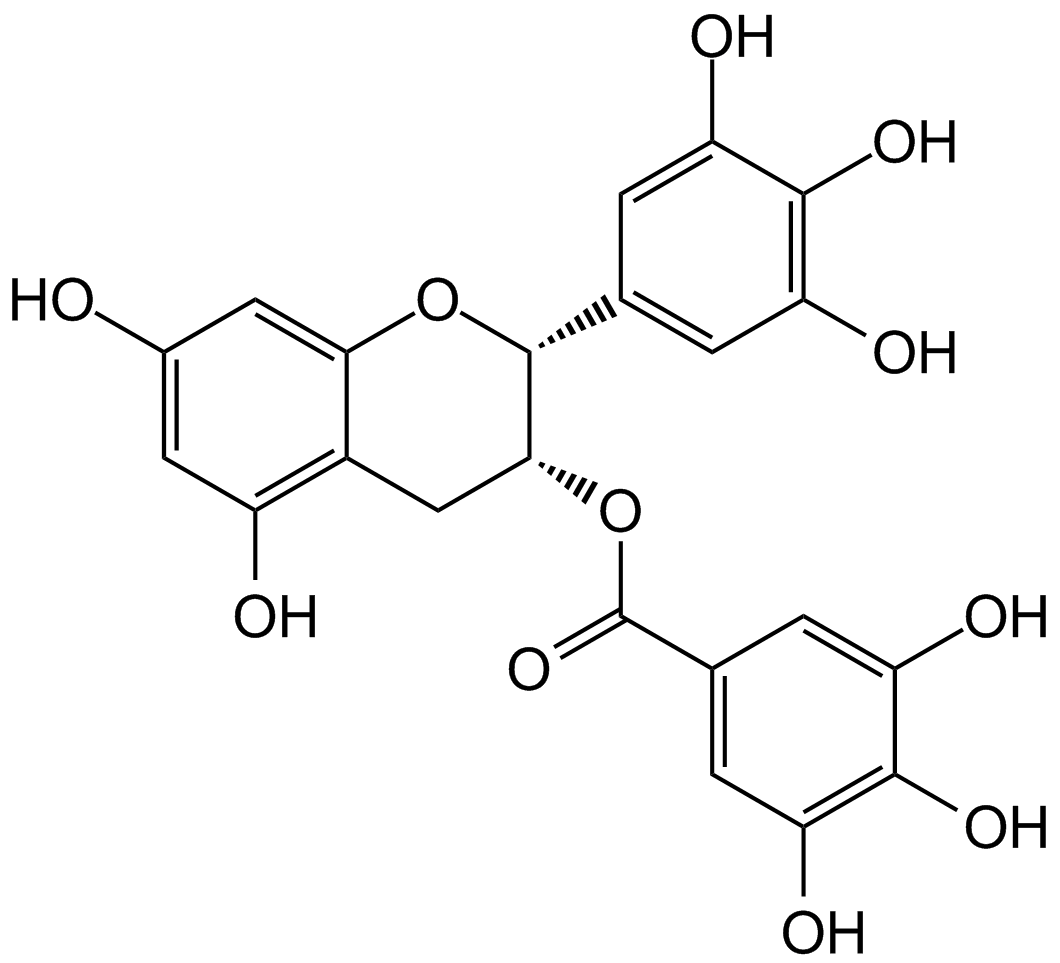
-
GC34951
(-)-Menthol
L-Menthol, (1R,2S,5R)-(-)-Menthol, NSC 62788
(-)-멘톨은 Ca2+-투과성 비선택적 양이온 채널인 일시적 수용체 전위 멜라스타틴 8(TRPM8)을 결합하고 활성화하여 [Ca2+]i를 증가시키는 페퍼민트 오일의 핵심 성분입니다. 항종양 활성.
-
GC45252
(-)-Sitagliptin Carbamoyl Glucuronide
(R)-Sitagliptin Carbamoyl Glucuronide
(-)-Sitagliptin carbamoyl glucuronide is a minor phase II metabolite of the dipeptidyl peptidase 4 (DPP-4) inhibitor (-)-sitagliptin.
-
GC18622
(2'S)-Nicotine-1-oxide
Nicotine-N-oxide
(2'S)-Nicotine-1-oxide is a metabolite of nicotine .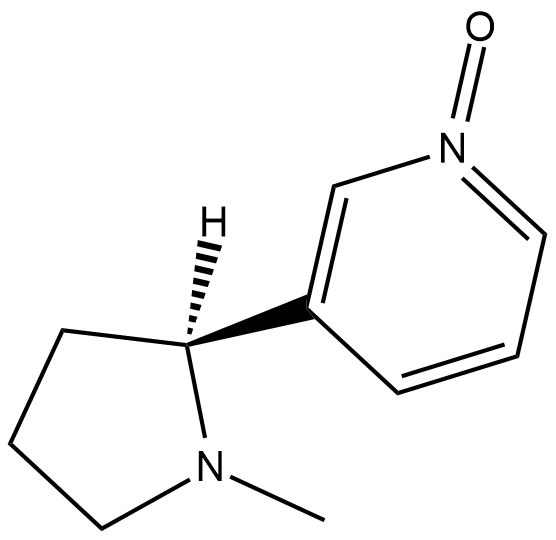
-
GC38299
(2-Aminoethyl)phosphonic acid
(2-아미노에틸)포스폰산은 내인성 대사산물입니다.
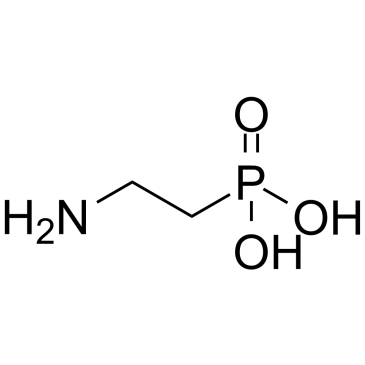
-
GC68509
(25R)-12α-Hydroxyspirost-4-en-3-one
(25R)-12α-하이드록시스피로스트-4-엔-3-원은 노카디아 글로벌룰라가 헤코게닌에 작용하여 생성된 부생 대사산물입니다.
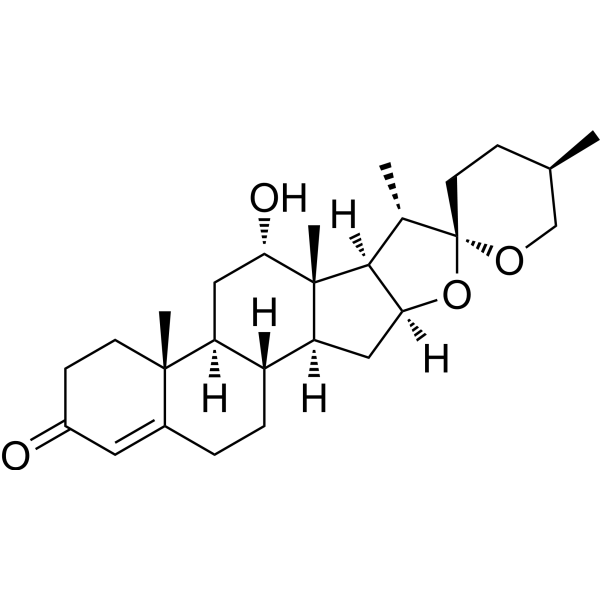
-
GC38265
(2R,3R)-2,3-Dihydroxysuccinic acid
(2R,3R)-2,3-디히드록시숙신산(L-(+)-타르타르산)은 내인성 대사산물입니다.

-
GC62731
(2R,3R)-Butane-2,3-diol
(2R,3R)-부탄-2,3-디올은 내인성 대사 산물입니다.

-
GC38296
(2S,3R,4S,5R)-2-Amino-3,4,5,6-tetrahydroxyhexanal hydrochloride
(2S,3R,4S,5R)-2-Amino-3,4,5,6-tetrahydroxyhexanal 염산염은 내인성 대사 산물입니다.

-
GC33797
(3-Carboxypropyl)trimethylammonium chloride
(3-카르복시프로필)트리메틸암모늄 클로라이드는 식이성 붉은 고기의 카르니틴을 먹고 사는 장내 미생물총에 의해 중간 대사산물로 생성되는 혈관병성 물질입니다.
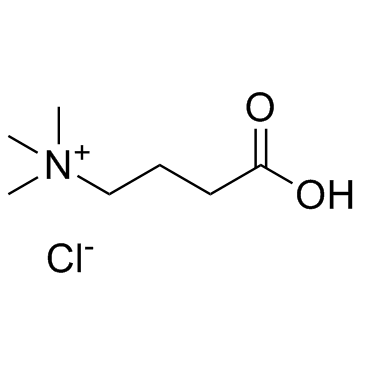
-
GC41694
(3S)-hydroxy Quinidine
(3S)-hydroxy Quinidine is an active quinidine metabolite.

-
GC38144
(3S,4R,5S)-1,3,4,5,6-Pentahydroxyhexan-2-one
A monosaccharide
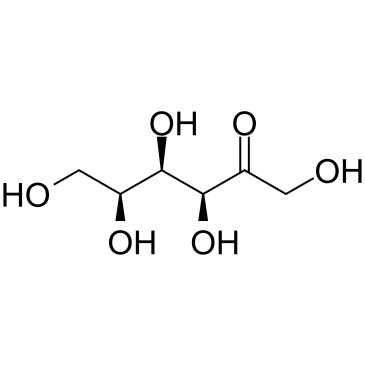
-
GC38283
(3S,4S,5R)-1,3,4,5,6-Pentahydroxyhexan-2-one
(3S,4S,5R)-1,3,4,5,6-Pentahydroxyhexan-2-one(D-(-)-Tagatose)은 프리바이오틱 특성을 가진 자연에서 발견되는 희귀한 단당류입니다.

-
GC12395
(D)-(+)-Neopterin
(D)-(+)-네오프테린(D-(+)-(D)-(+)-네오프테린), 구아노신 트리포스페이트(GTM)의 이화 생성물은 세포 면역계 활성화의 마커 역할을 합니다.
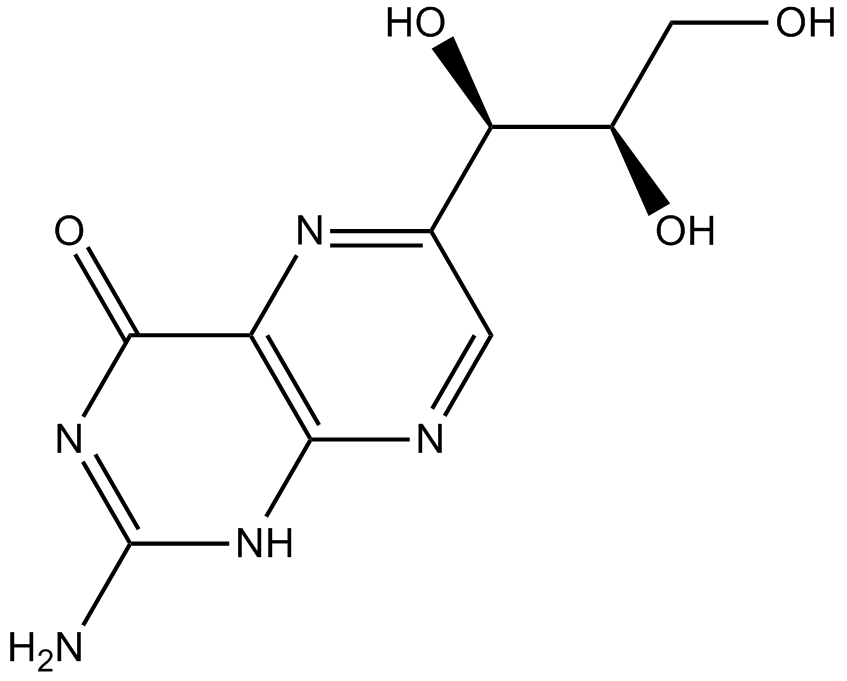
-
GC60399
(E)-10-Hydroxynortriptyline
10(E)-hydroxy Nortriptyline
(E)-10-Hydroxynortriptyline(E-10-OH-NT)은 Nortriptyline의 대사 산물입니다.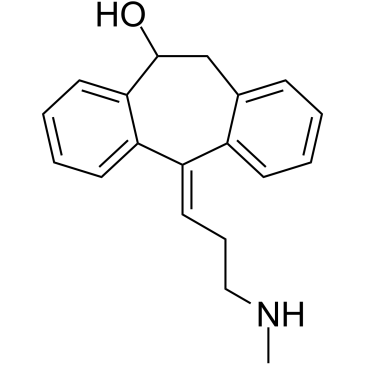
-
GC65239
(E)-3,4-(Methylenedioxy)cinnamic acid
(E)-3,4-(Methylenedioxy)cinnamic acid는 Brombya platynema의 줄기 껍질에서 얻은 신남산 유도체입니다.
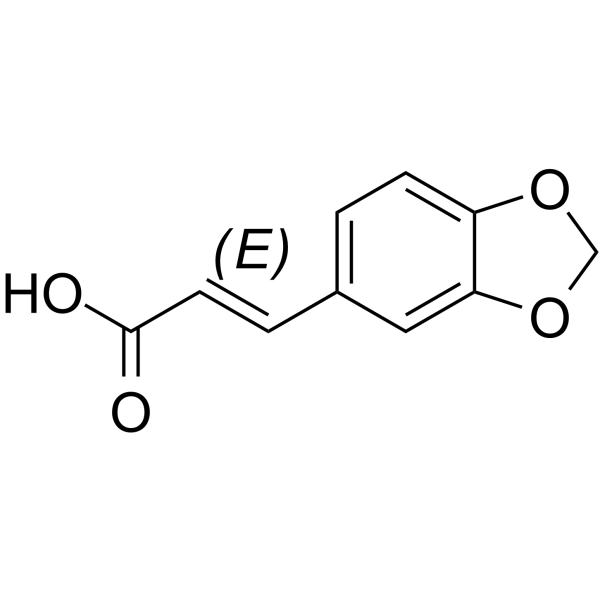
-
GC38684
(E)-m-Coumaric acid
(E)-m-쿠마르산(3-Hydroxycinnamic acid)은 식품에 매우 풍부한 방향족산입니다.
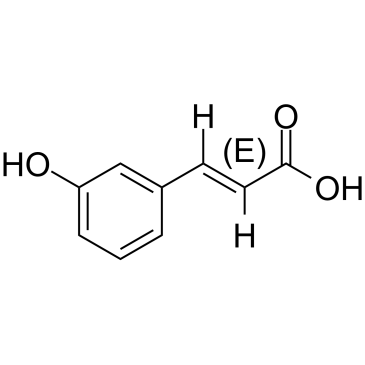
-
GC62734
(E)-Oct-2-enoic acid
(E)-Oct-2-enoic acid는 내인성 대사 산물입니다.
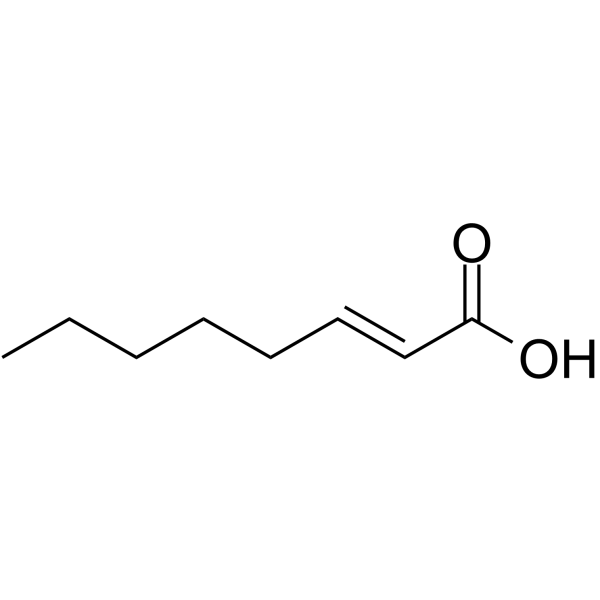
-
GC40286
(E,Z)-2-propyl-2-Pentenoic Acid
2-propyl-2-Pentenoate, 2-propylpenten-2-oic Acid, 2-ene-VPA
(E,Z)-2-propyl-2-Pentenoic acid is a bioactive metabolite of valproic acid that exhibits the same profile and potency of anticonvulsant activity in animal models as its parent compound without any observed teratogenicity and hepatotoxicity.
-
GC49189
(E/Z)-4-hydroxy Tamoxifen-d5
Afimoxifene-d5, 4-OHT-d5
An internal standard for the quantification of (E/Z)-4-hydroxy tamoxifen
-
GC67476
(E/Z)-Sulindac sulfide
(E/Z)-Sulindac sulfide는 강력한 γ-secretase modulator(GSM)입니다. 821d96072c2d58d8970e76f526b0f6b8(E/Z)-Sulindac sulfide는 Aβ을 선택적으로 감소시키고; 821d96072c2d58d8970e76f526b0f6b8종. (E/Z)-Sulindac sulfide는 알츠하이머병 연구에 사용할 수 있습니다.821d96072c2d58d8970e76f526b0f6b8
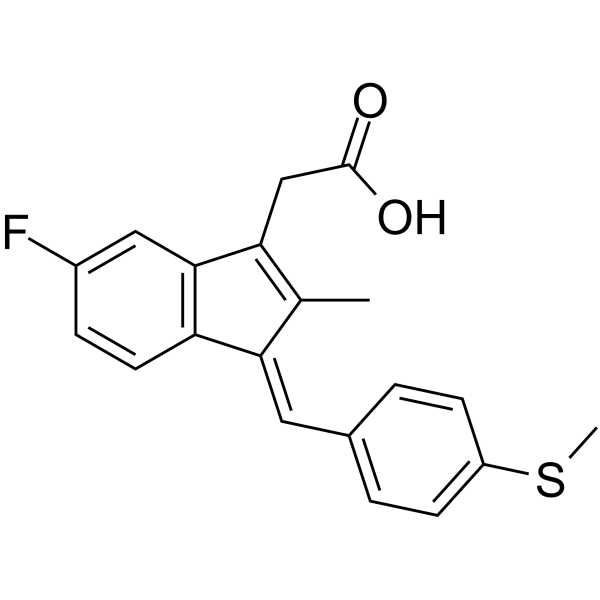
-
GC60404
(Ethoxymethyl)benzene
(에톡시메틸)벤젠은 내인성 대사 산물입니다.
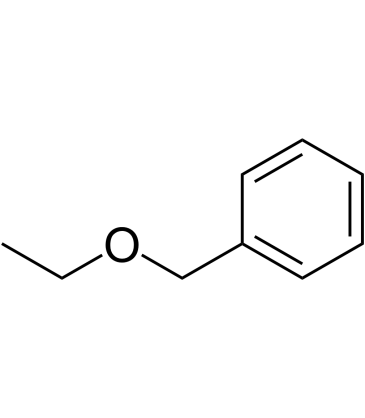
-
GA11210
(H-Cys-OH)2
(–)-Cystine, NSC 13203
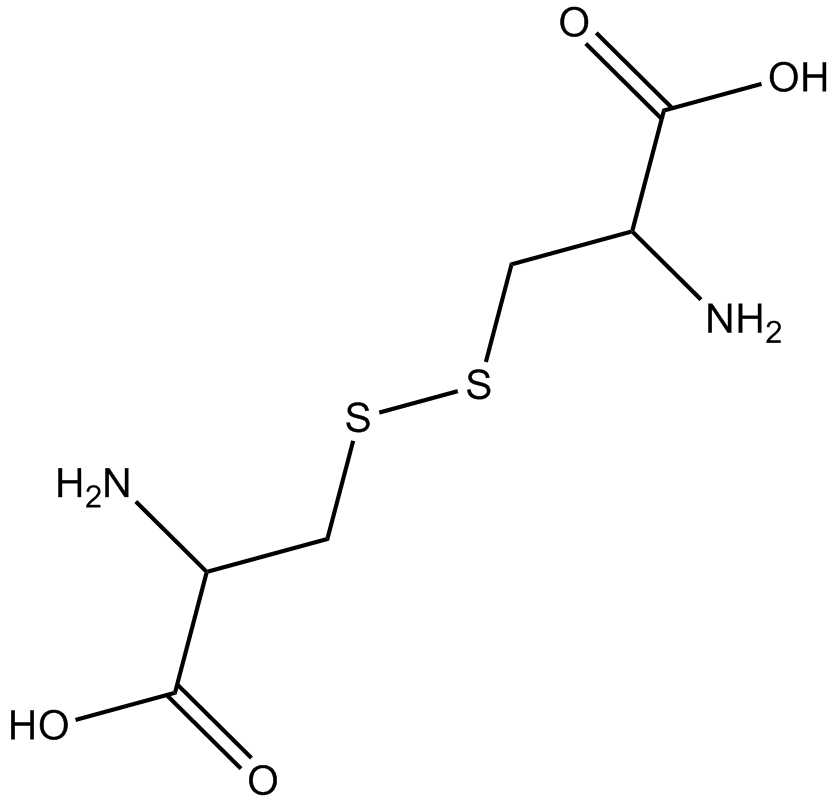
-
GN10783
(R) Ginsenoside Rh2
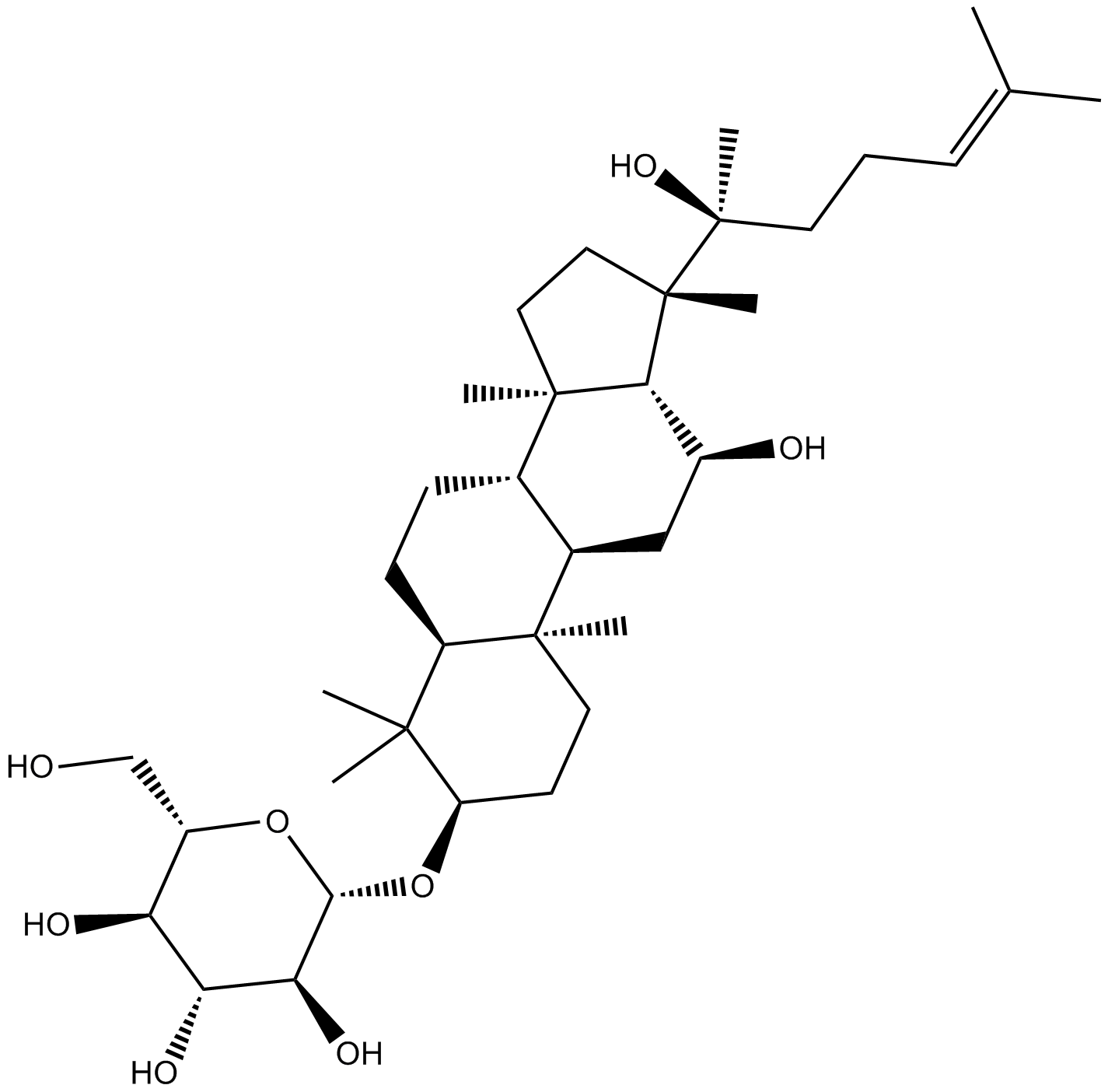
-
GC41721
(R)-α-Lipoic Acid
(R)-(+)-Lipoic Acid
(R)-α-Lipoic acid is the naturally occurring enantiomer of lipoic acid, a cyclic disulfide antioxidant.
-
GC34442
(R)-(+)-Citronellal
(R)-(+)-Citronellal은 감귤류, 라벤더 및 유칼립투스 오일에서 분리되어 모노테르페노이드이며 시트로넬랄 오일의 주성분으로 레몬 향이 뚜렷합니다.
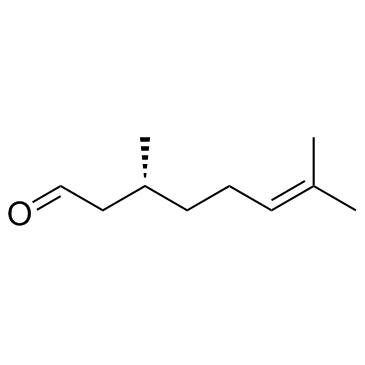
-
GC38262
(R)-(-)-1,3-Butanediol
(R)-(-)-1,3-Butanediol은 탄수화물과 지질의 대사를 조절하는 데 사용됩니다.
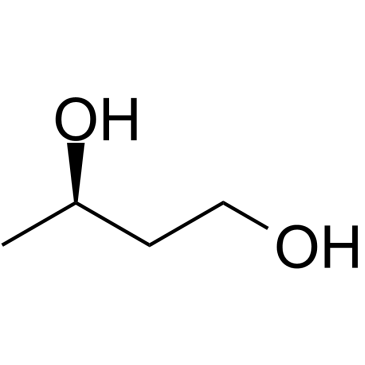
-
GC62737
(R)-(-)-O-Desmethyl Venlafaxine D6

-
GC30210
(R)-3-Hydroxybutanoic acid
(R)-3-Hydroxybutanoic acid는 대사 산물이며 3-hydroxybutyrate dehydrogenase에 의해 촉매되는 아세토아세트산에서 전환됩니다.
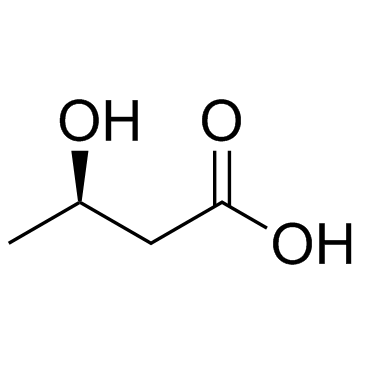
-
GC61759
(R)-3-Hydroxybutanoic acid sodium
(R)-3-하이드록시부탄산 나트륨((R)-3-하이드록시부티르산)은 3-하이드록시부티레이트 탈수소효소에 의해 촉매되는 아세토아세트산으로부터 전환된 대사 산물입니다.
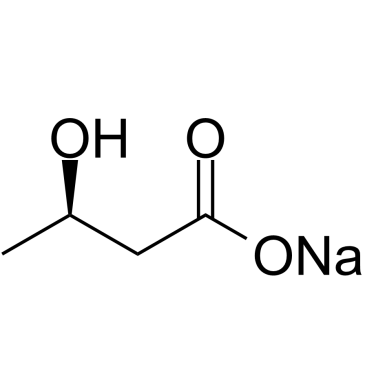
-
GC71626
(R)-3-Hydroxybutanoic acid-13C2 sodium
(R)-3-droxybutanoic acid-13C2 (sodium) is the 13C labeled (R)-3-droxybutanoic acid (sodium) .

-
GC30661
(R)-3-Hydroxyisobutyric acid
(R)-3-하이드록시이소부티르산은 l-발린과 티민 경로의 중간체이며 매우 드문 유전성 대사 질환인 3-하이드록시이소부티르산뇨증과 메틸말론산 세미알데하이드 탈수소효소 결핍증의 진단에 중요한 역할을 합니다.
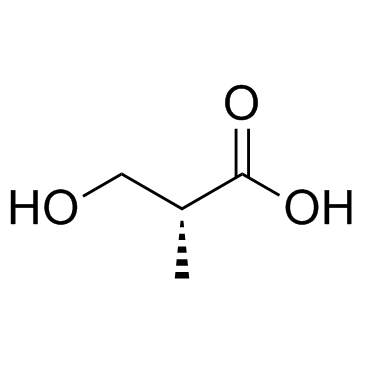
-
GC38282
(R)-5-Oxopyrrolidine-2-carboxylic acid
(R)-5-Oxoproline, (+)-Pyroglutamic Acid
(R)-5-옥소피롤리딘-2-카르복실산은 내인성 대사산물입니다.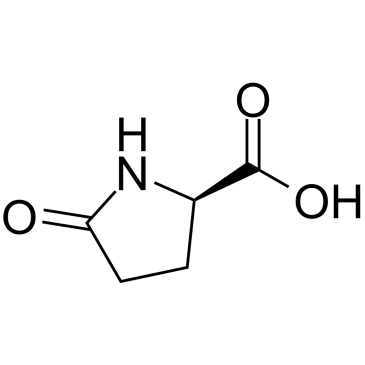
-
GC19012
(R)-GNE-140
(R)-GNE-140은 LDHA 및 LDHB에 대해 IC50이 각각 3nM 및 5nM인 강력한 젖산 탈수소효소 A(LDHA) 억제제입니다. (R)-GNE-140은 S 거울상 이성질체보다 18배 더 강력합니다.
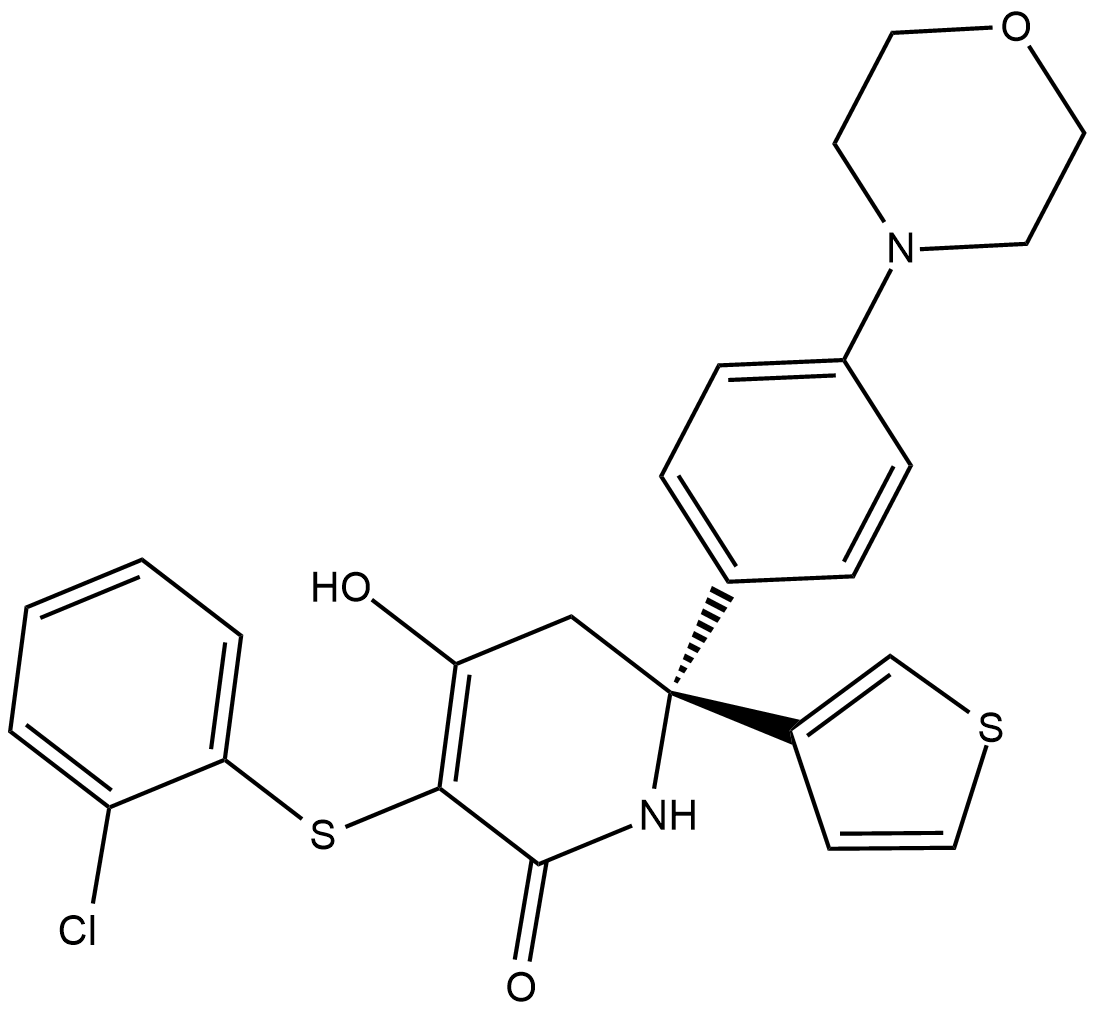
-
GC52290
(R)-HTS-3
An inhibitor of LPCAT3

-
GC61858
(R)-MLN-4760
(R)-MLN-4760, MLN-4760의 R-거울상 이성질체는 IC50이 8.4μM인 ACE2 억제제입니다.

-
GC38364
(R)-Ornithine hydrochloride

-
GC38363
(R)-pyrrolidine-2-carboxylic acid
(R)-피롤리딘-2-카르복실산은 내인성 대사산물입니다.
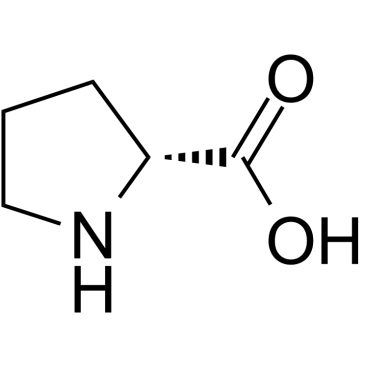
-
GC38720
(R)-Trolox
(R)-Trolox는 0.83mM의 Ki 값과 1.88mM의 ID50 값을 갖는 비타민 E 유사체이자 경쟁적인 티로시나제 억제제입니다. (R)-Trolox는 (S) 거울상 이성질체(Ki 값 0.61mM)보다 티로시나제 친화도가 더 강합니다.
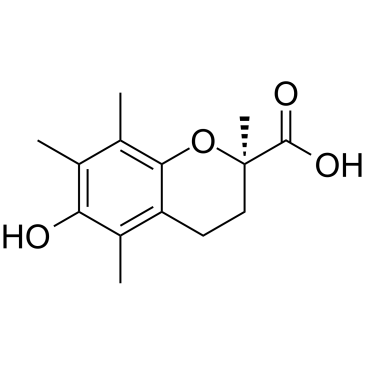
-
GC39832
(R,R)-(+)-Hydrobenzoin
(R,R)-(+)-Hydrobenzoin은 유기 촉매입니다.
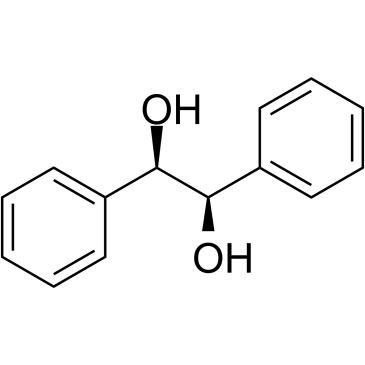
-
GC41722
(R,S)-Carvedilol Glucuronide
(R,S)-Carvedilol glucuronide is a racemic mixture of the carvedilol metabolites (R)-carvedilol glucuronide and (S)-carvedilol glucuronide.

-
GC34417
(R,S)-Ivosidenib ((R,S)-AG-120)
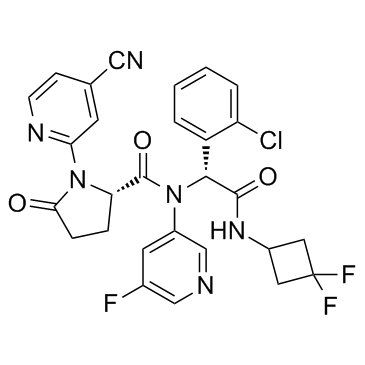
-
GC60410
(Rac)-3′-Hydroxy simvastatin
(Rac)-3′-Hydroxy simvastatin은 Simvastatin의 대사 산물입니다.
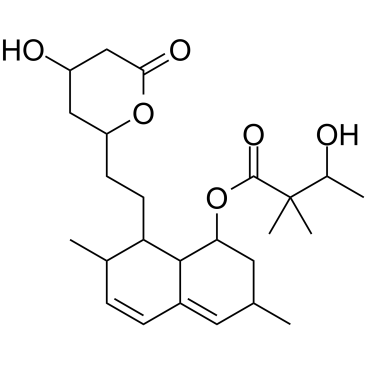
-
GC68414
(Rac)-Atropine-d3
(Rac)-Tropine tropate-d3; (Rac)-Hyoscyamine-d3
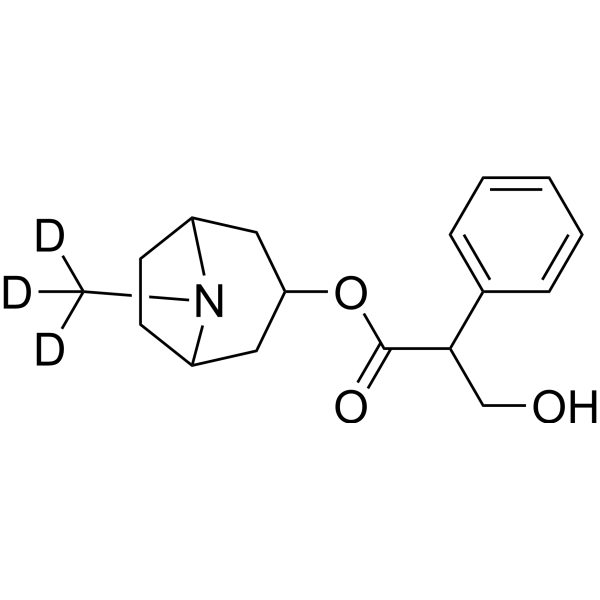
-
GC67993
(Rac)-Cotinine-d4
(±)-Cotinine-d4; (Rac)-NIH-10498-d4
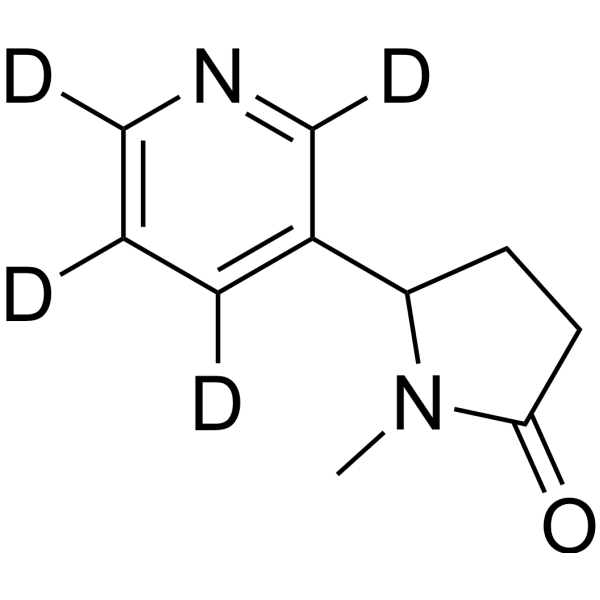
-
GC62744
(Rac)-OSMI-1
(Rac)-OSMI-1은 OSMI-1의 라세미체입니다.
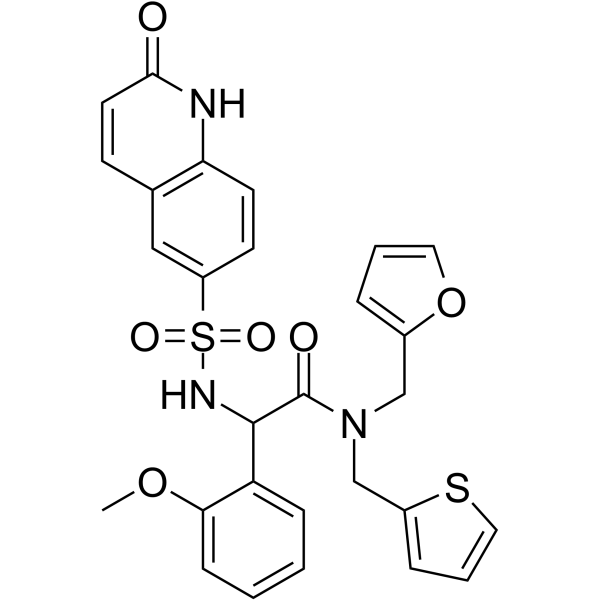
-
GC39833
(S)-(+)-1,2-Propanediol
(S)-(+)-1,2-프로판디올은 내인성 대사 산물입니다.
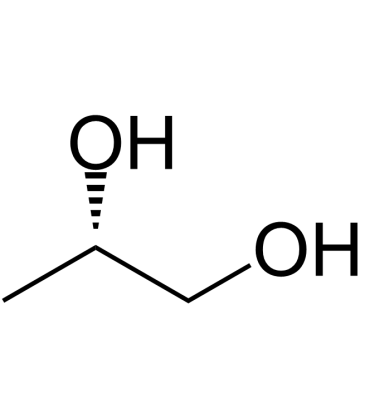
-
GC62747
(S)-(-)-Citronellal
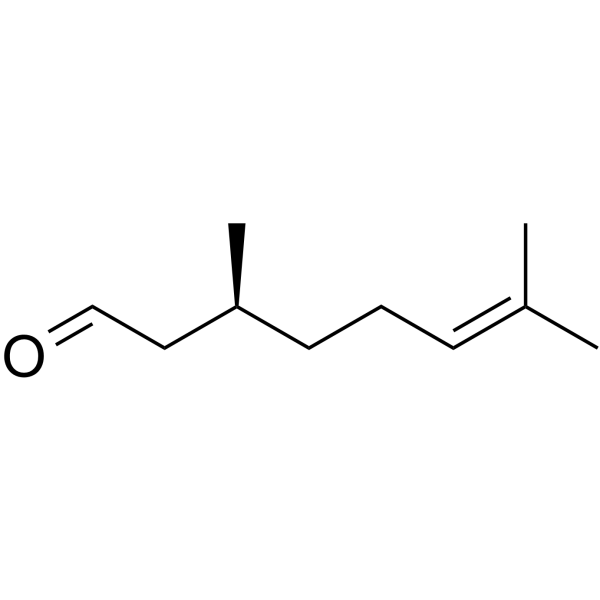
-
GC38371
(S)-(-)-Phenylethanol
(S)-(-)-페닐에탄올은 내인성 대사 산물입니다.
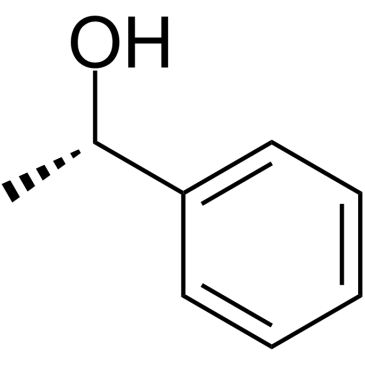
-
GC62748
(S)-2-Amino-3-(4-hydroxy-3,5-diiodophenyl)propanoic acid dihydrate
(S)-2-아미노-3-(4-히드록시-3,5-디요오도페닐)프로판산 이수화물은 내인성 대사산물입니다.

-
GC31630
(S)-2-Hydroxy-3-phenylpropanoic acid
(S)-2-히드록시-3-페닐프로판산은 페닐알라닌 이화작용의 산물입니다.
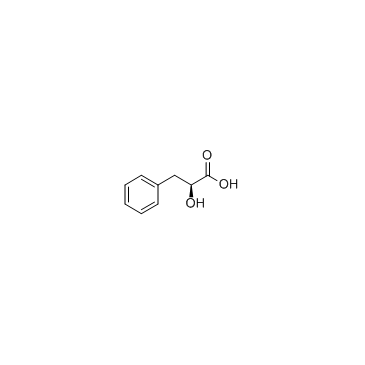
-
GC64746
(S)-2-Hydroxybutanoic acid
(S)-2-하이드록시부탄산은 2-하이드록시부탄산의 S-거울상 이성질체입니다.
